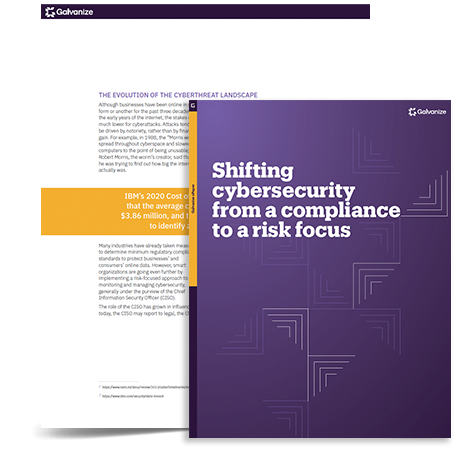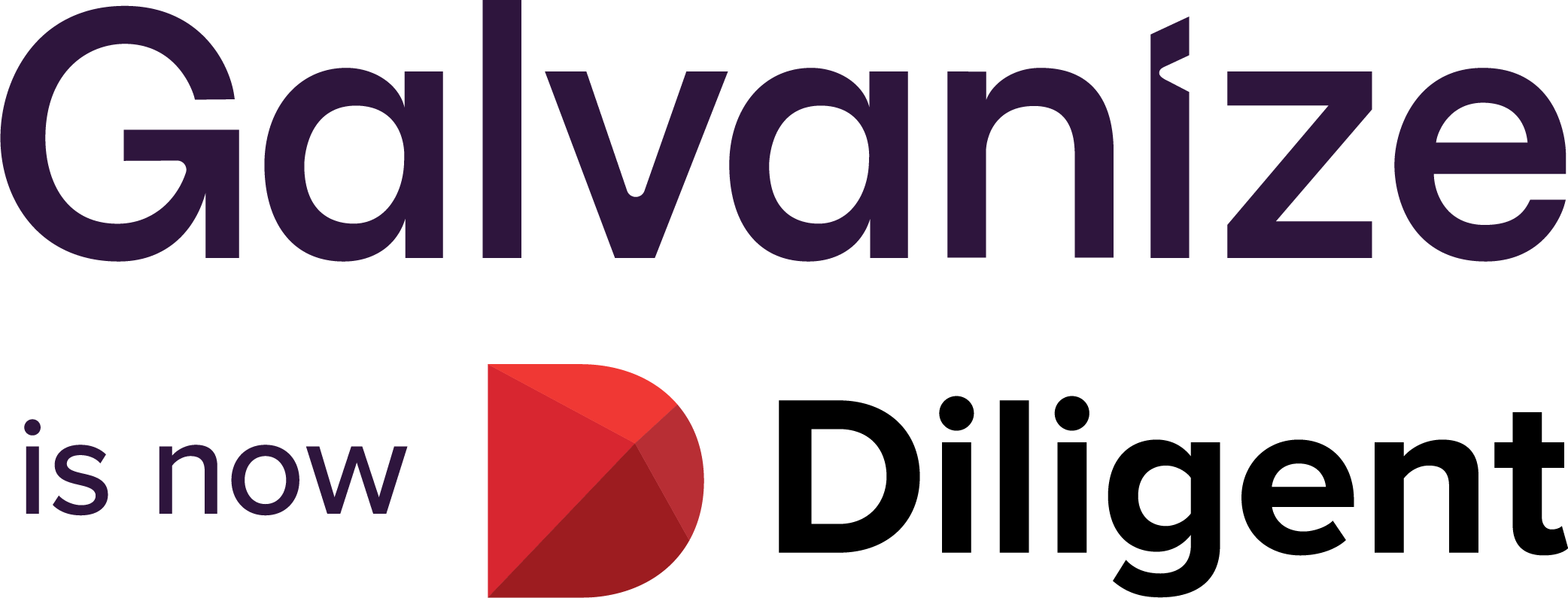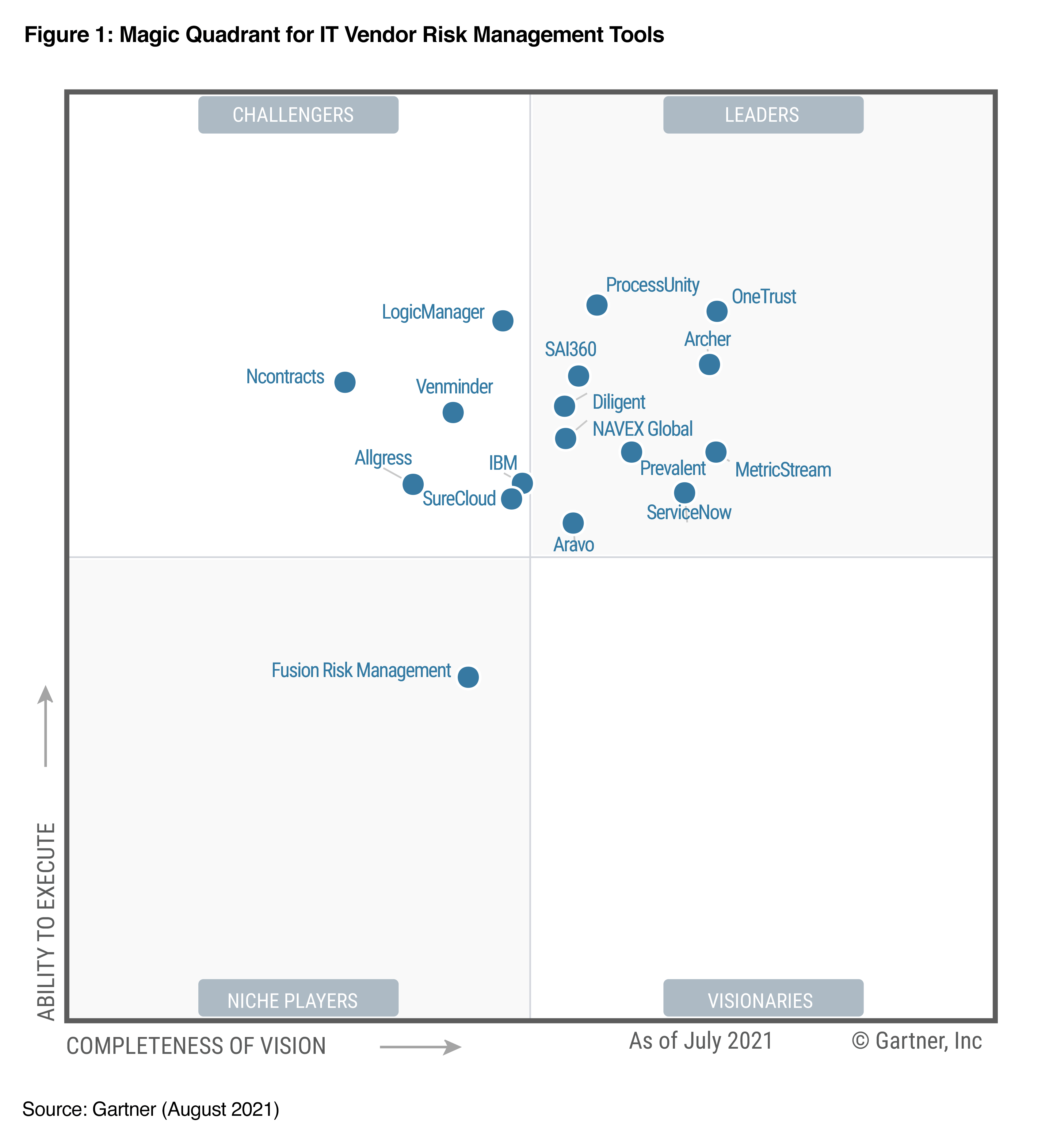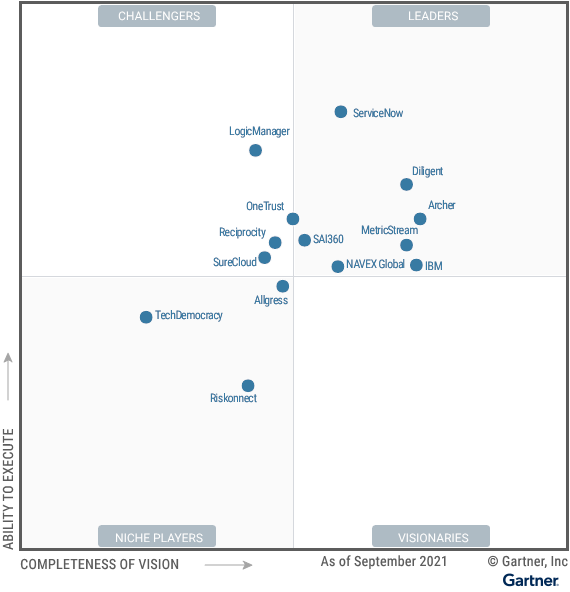Today’s CSOs are faced with numerous day-to-day challenges—lack of skilled staff, inconsistent methods, complicated tools, obscure language, and unclear reporting—within a cyber risk landscape that’s evolving as rapidly as regulatory environments and threats. As a result, cyber has become a top enterprise risk.
Unfortunately, research shows that up to 87% of board members and C-suite executives lack confidence in their organization’s level of cybersecurity. There’s often a large communication gap between cybersecurity and management of the board, and many organizations find they can’t make the right or timely decisions on security investments or accurately measure their ROI on security spending.
In order to improve your cybersecurity posture, you need to make the business case for investing in tech that will both monitor and mitigate your cyber risk. Here are some ideas for getting started.
Meet with the board to discuss your business objectives
While building a comprehensive cybersecurity program, it’s important to tie the program in with your overall business goals. Meet with the board to discuss their priorities so that you can understand how best to protect the organization. And by identifying the security vulnerabilities around your key business goals, you’ll be able to formulate a strategic plan for building an effective response.
When looking at how to mitigate your risks, go beyond merely meeting compliance requirements. A strong cybersecurity program will involve a detailed analysis of all potential risk factors—not just the ones associated with compliance initiatives—and mitigation plans for each. Make sure that you appoint dedicated stakeholders to be responsible for managing and monitoring the risks that fall under their domain.
You should also identify your organization’s risk appetite for each type of activity. How willing is the business to take on certain types of risk based on the potential upside? Inventory all of the risk factors in your organization’s strategic plan and prioritize them by risk tolerance and the likelihood of occurring, plus the potential impact.
Calculate the costs involved in mitigating your risks
Once you’ve inventoried your risks, it’s time to look at the costs involved in mitigating them. Identify what resources you would need for support, both technology and staffing requirements, and map out a detailed budget that showcases top, middle, and lower tier priorities.
Plan out long-term objectives to be carried out over a period of a couple of years, as well as shorter-term wins that can be completed immediately within your existing budget.
Understand your ROI
When you look at your budget, balance what you’ll spend on mitigating risk against the potential cost savings you’ll realize by lowering it. For instance, when considering ROI, you can point to cost-savings such as a reduced cybersecurity insurance premium when you have a strong program in place. You’ll also find that building more effective risk management controls will help reduce your risk of fraud, minimizing your company’s losses from financial crimes that might otherwise go unnoticed.
By moving to a more efficient, highly automated risk management solution, you’ll also be able to substantially reduce the amount of manual labor your risk management department gets stuck with, allowing your team to focus more heavily on strategic work rather than day-to-day compliance requirements.
Setting up a stronger internal controls system will also help your organization gain a more competitive edge when soliciting new business. And if you’re considering going public, you won’t be able to fulfill your requirements under the Sarbanes-Oxley (SOX) Act without developing strict protocols for managing your data securely, so it will be essential to put strict cybersecurity protocols in place.
Detailing these potential cost-savings, in financial terms and as other advantages, will help you to win buy-in from your board and C-suite executives.
Choosing a cyber risk management solution
Once you’ve determined your biggest business objectives, mapped them to your risks, and gotten executive buy-in for more resources to dedicate to cybersecurity, your next step should be choosing the right solution to manage your cyber risk initiatives.
When considering your choices, look for a platform that will integrate with existing systems, including your ERP solution and accounting software, so that you can collect and analyze all of your business data in one platform. Your solution should also be accessible to your entire risk management team for seamless collaboration, so that they can share insights and support one another’s work.
In order to analyze your cyber risk landscape and identify trends that warrant action, you need a solution that has in-depth analytical capabilities and provides real-time analysis, along with an alert system for elevated risk and action items. With timely data in hand, you’ll be able to generate a wide range of reports and visuals that you can bring to your executive stakeholders to support business decision-making efforts.
With a best-in-class cyber risk management platform, your business will be better prepared, not only to meet your compliance objectives, but to manage and mitigate against a large number of risk factors that could arise, ensuring your company’s stability and giving you the confidence to make strategic business decisions that can impact your future risk levels.
By making the case for cyber risk management, you’ll help your organization elevate the role of the risk management function—empowering your team to bring insights to the table that will generate a strong ROI and future-proof your company.
eBook:
Shifting cybersecurity from a compliance to a risk focus
CISOs need to start taking a risk-based approach instead of only focusing on compliance. This eBook explores:
- What “good” looks like for cyber risk management
- Six steps in the business risk assessment process
- The important role of automation in cyber risk management









